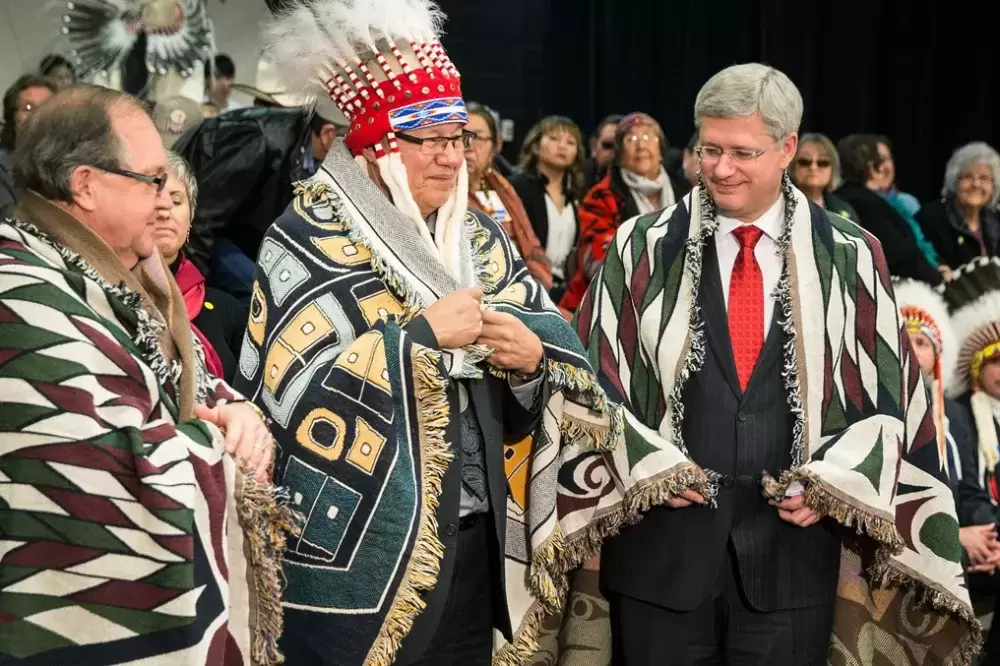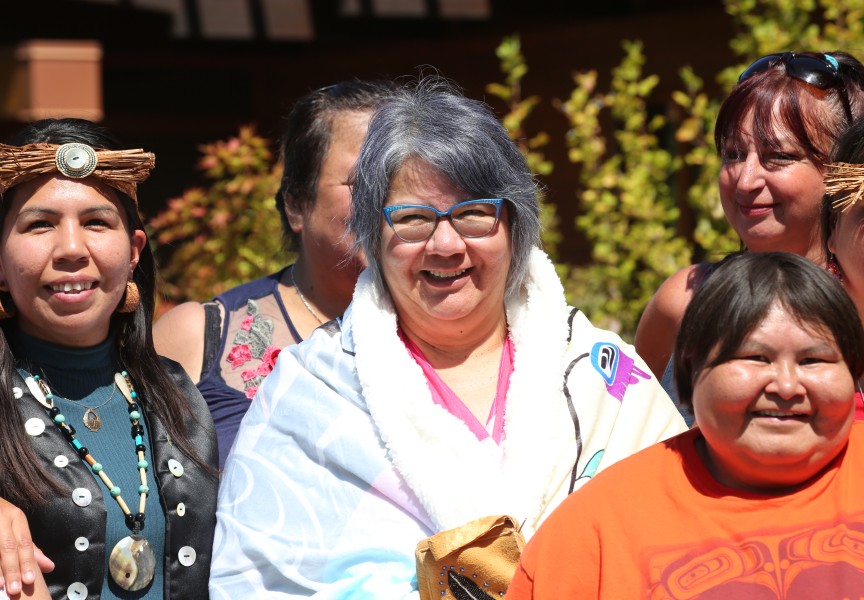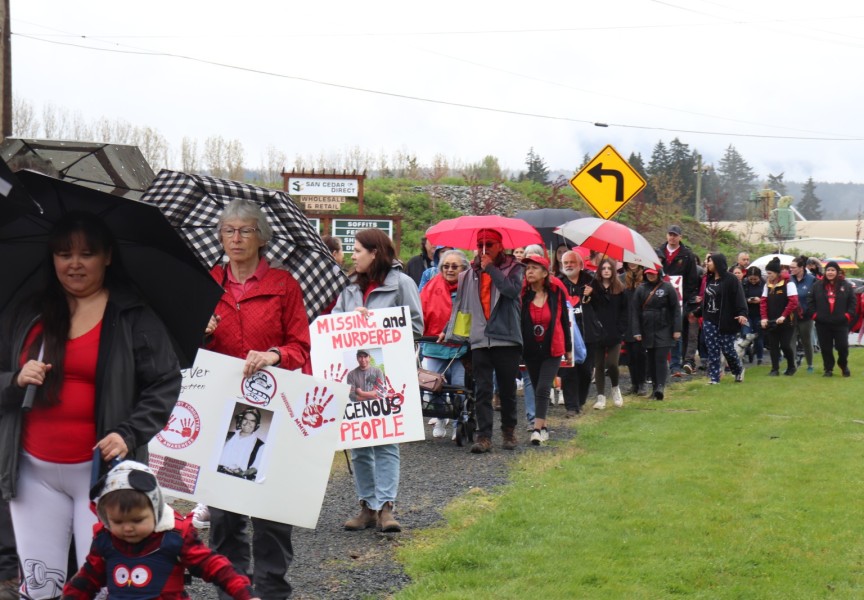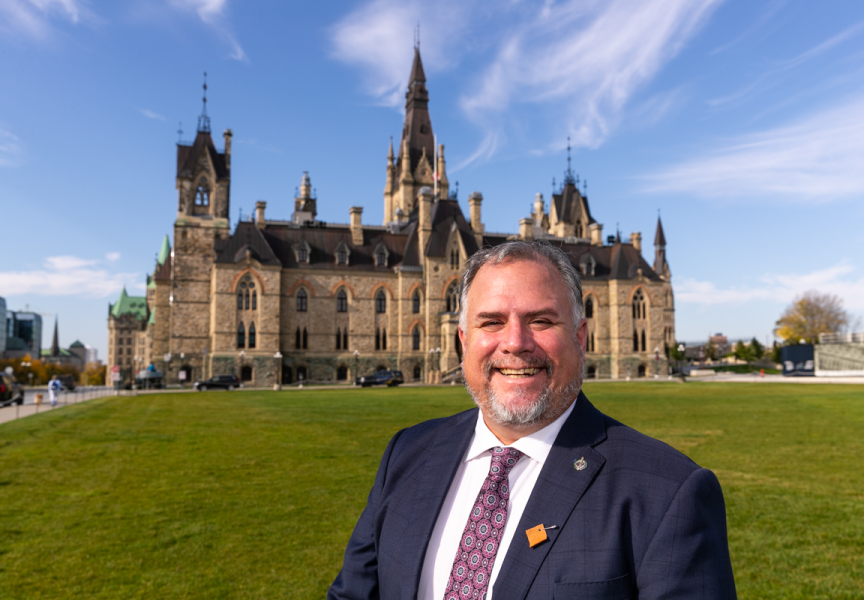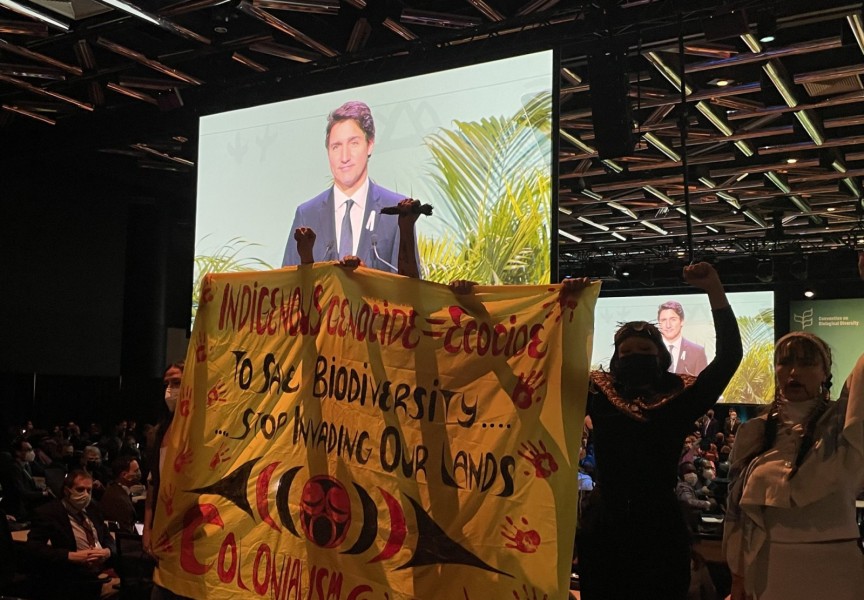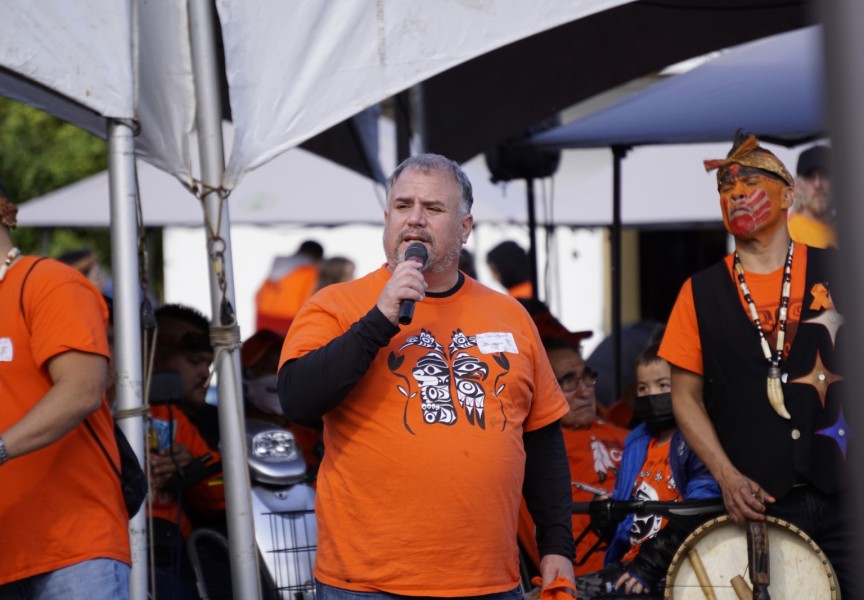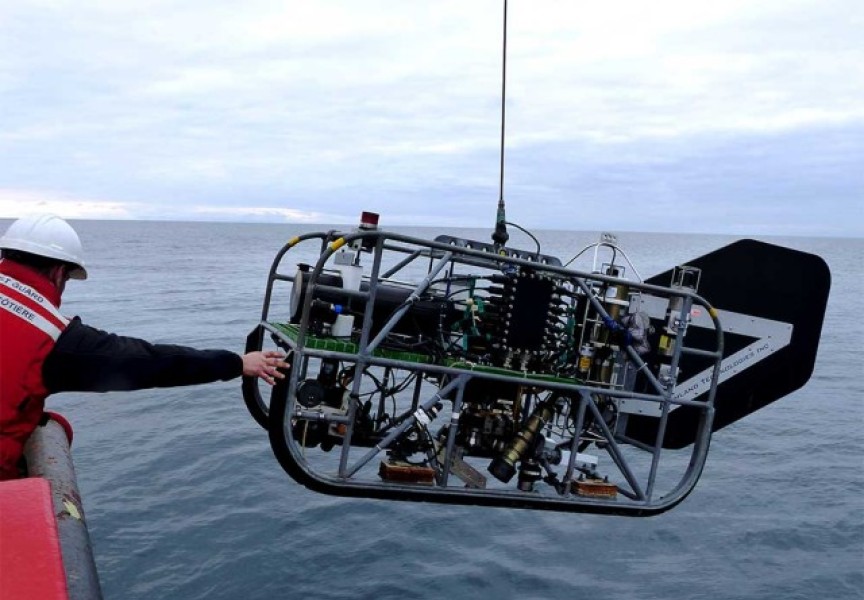Greg Louie, Ahousaht First Nation councillor and president of the First Nations Schools Association in British Columbia, said he was very surprised and shocked by the announcement on First Nations education reform made Friday in Standoff, Alta.
It was so hush, hush leading up to the day’s event, Louie said.
On Feb. 7, hosted by the Blood Tribe of southern Alberta, Prime Minister Stephen Harper was joined by Aboriginal Affairs Minister Bernard Valcourt and Assembly of First Nations National Chief Shawn A-in-chut Atleo to announce a $1.9 billion commitment to First Nations education under new legislation called the First Nations Control of First Nations Education Act.
The act will ensure that First Nations communities will “have the primary responsibility of day to day management of schools,” said the Prime Minister, ending “Ottawa’s unilateral authority over First Nations education while requiring First Nations communities and parents to assume responsibility and accountability for the education their children receive.”
Louie told Ha-Shilth-Sa that his colleagues were in Ottawa the day before the announcement to meet high ranking government officials on education matters and nothing was said about the new Education Act. The announcement has been kept so secret that Aboriginal Affairs associate regional director for B.C., in meetings with Ahousaht Feb. 7, couldn’t answer any questions about the new deal.
This secrecy leaves Louie wary.
The announcement is a lot to digest and consider, said Louie, who, as association president, represents about 130 First Nations schools in the province. For example, Louie wants to know if the $1.9 billion that funds the new initiative is new money or dollars that have been funding programs that are about to sunset.
The Prime Minister said the proposed Act would provide a strong and accountable governance framework. But Louie said there is already transparency and accountability provisions that are working well now in British Columbia.
Valcourt promised the Act will be complementary to the work that has been done in many jurisdictions across the country. But Louie says, not so fast.
Will the new legislation dissolve the province’s First Nations Education Steering Committee (FNESC)? There is a promise of establishing First Nations education authorities. Will that mean dissolving the schools association that Louie oversees? Will the new legislation trump the Tripartite Education Funding Agreement that First Nations worked so hard to achieve in 2010. And what happens in 2017 when that agreement ends?
“We have questions and a lot of analysis to do,” Louie said.
Louie will be convening a meeting of the schools association as soon as possible to discuss how any new national legislation will affect First Nation schools in B.C., which he explained, already operate under a First Nations education system that has its own standards for teachers, principals and schools.
The Nuu-chah-nulth Tribal Council and Tseshaht First Nation have each reacted cautiously to the announcement. “The devil is often in the details, so we will have to see the wording of the new legislation to see if it really does give First Nations control over aboriginal education,” said Tseshaht Chief Councillor Hugh Braker in a press statement.
Tseshaht, which operates Haahuupayak school, especially welcomes the announcements of $500 million for infrastructure and $160 million for implementation, and the raising of the funding cap to 4.5 per cent in 2016.
“I am happy with the announcement of more financial resources starting in 2016”, Braker said. “This will allow us to play catch-up and provide the tools and staff that the students need. For too long we have had to deal with underfunding and we have never been able to match the cash available to the provincial schools.”
Aboriginal Affairs Minister Valcourt said the federal funding commitment is one for the history books. He said government has been consulting “extensively” with First Nations, provinces, stakeholders and interested parties from across the country. What these consultations have uncovered is that First Nations want control of their children’s education, a system that is linguistically and culturally respectful, and they want stable and predictable funding.
“Well, ladies and gentlemen, our government has delivered big time,” said the minister. “We have put our money where our mouth is.”
Valcourt said the new legislation and any regulations that follow will be developed with the support of the Assembly of First Nations, but Louie says politicians aren’t technicians so the AFN is not the right body for this work.
“Involve FNESC,” said Louie, “and the First Nations Schools Association.”
Valcourt said a joint council of education professionals will advise on the implementation of the Act.
“What are they going to be?” Louie wondered if that means the joint council will dictate to First Nations schools how they will operate and what curriculum will be used.
Louie questions the statement that extensive consultation has been conducted with First Nations on the legislation and says Canada has not spoken with Ahousaht specifically. Ahousaht has been concerned all along that the proposed First Nations Education Act was unilaterally devised and paternalistic. Is this just a rework of the blueprint for education that was release last fall, he asks.
Louie said he is buoyed by what National Chief Atleo had to say about the announcement, that one size does not fit all. Braker also made mention of this in his press release.
“Last year the Federal Government was looking at a cookie cutter approach to aboriginal education but now appears to concede that each First Nation must be able to fashion its own education programs and priorities.”
Louie said he was pleased that Atleo performed a blanket ceremony with the Prime Minister, Minister and host Grand Chief Charles Weaselhead of the Kainai First Nation.
That’s saying to the federal government that it has made these promises of improved education in front of many witnesses.
“You are now committed to keep your word.”

